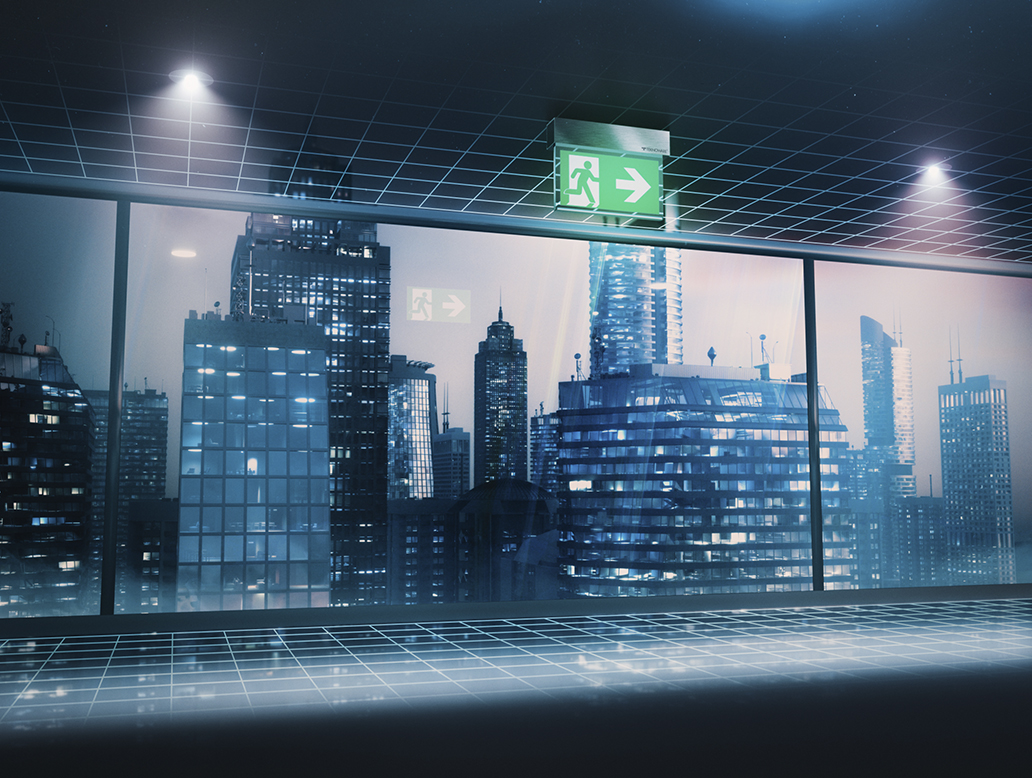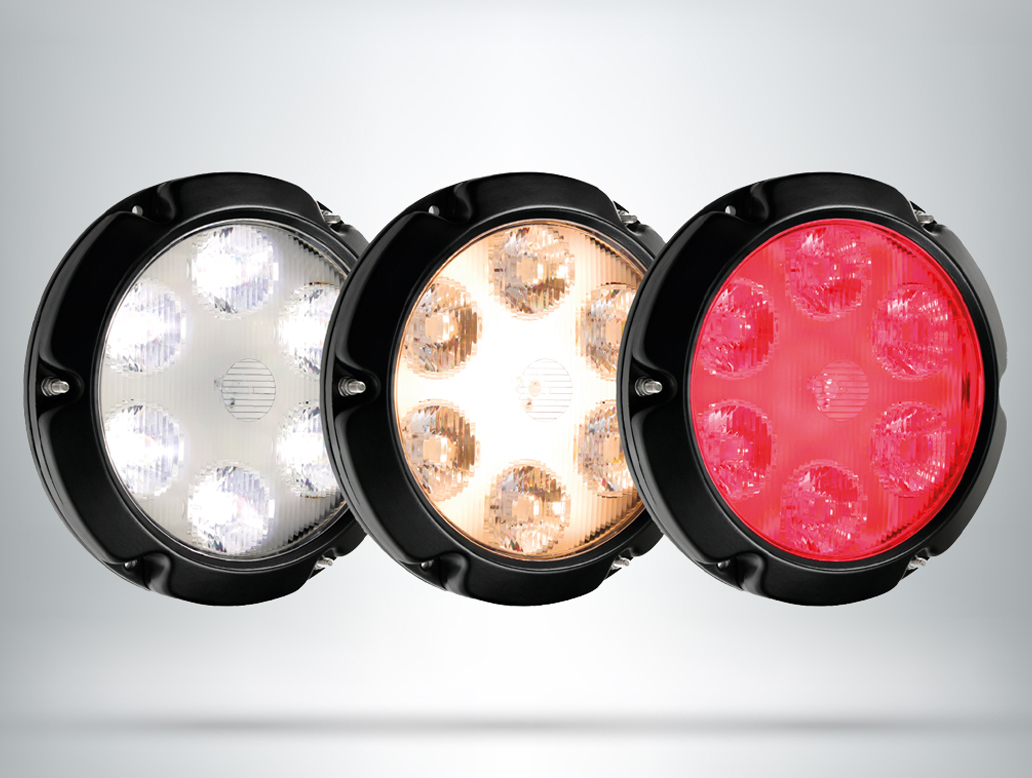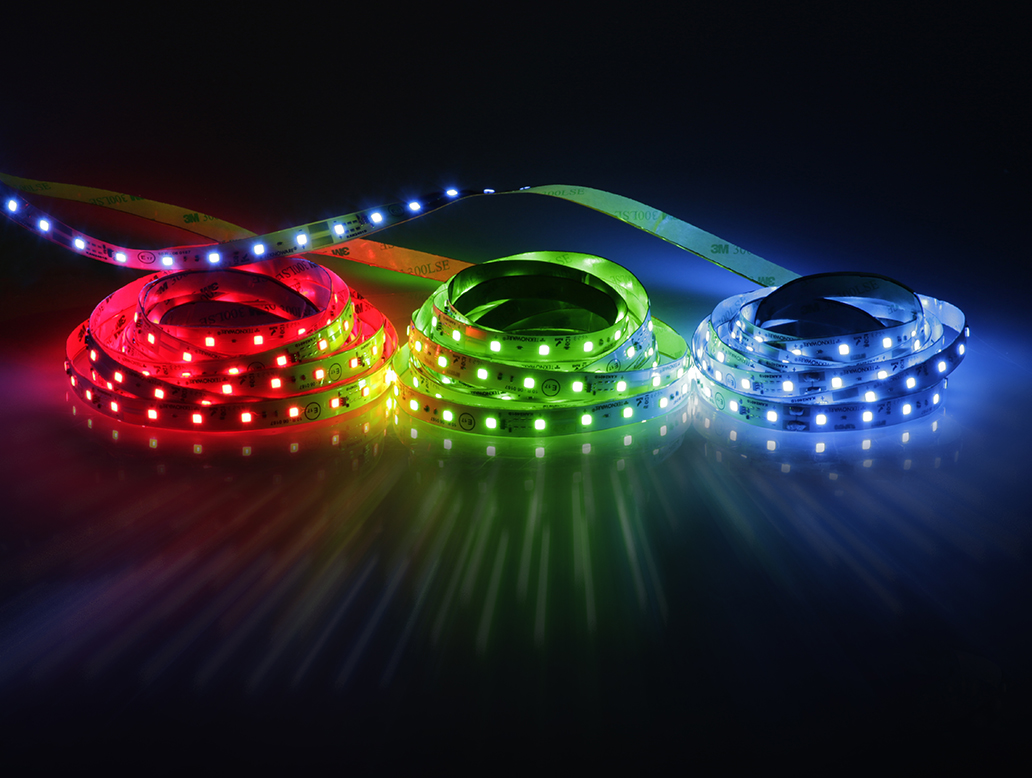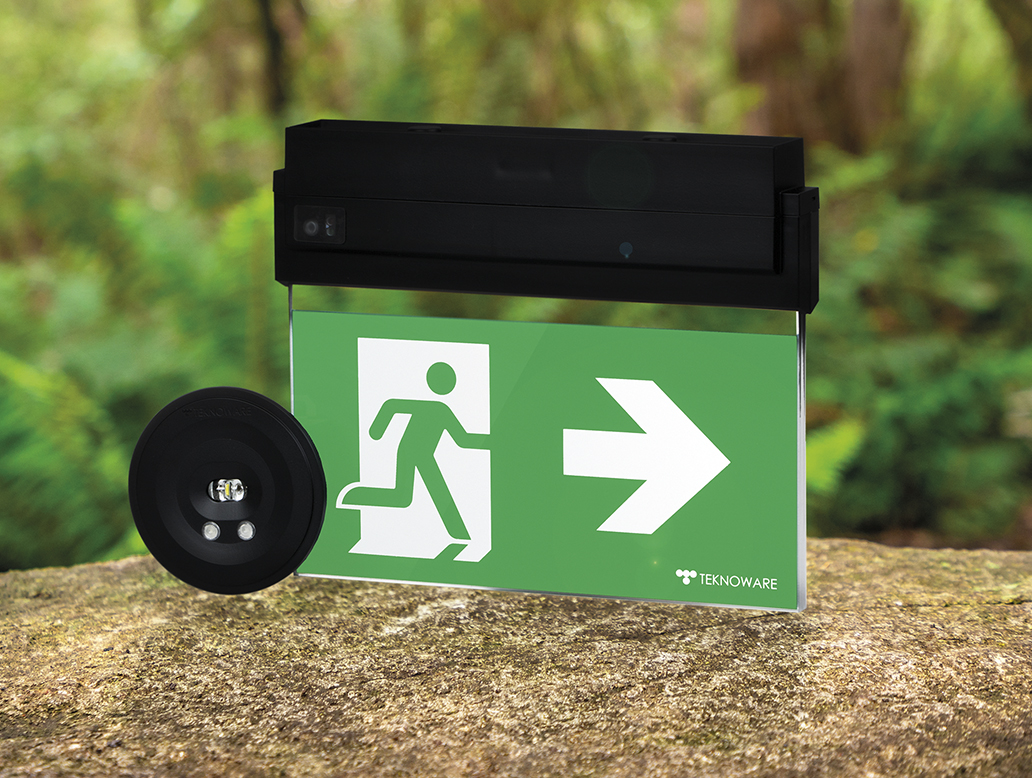Terminology
Glossary of Lighting Terminology
There are many specific terms relating to lighting and luminaires. Here is a useful glossary that presents short explanations of some key terms in lighting terminology.
Candela (cd)
A candela is the standard unit of measurement for luminous intensity; candelas are based on the luminous properties of a traditional candle. Technically, a lumen is measure of the energy and time (the ‘flux’) of the light output, whereas a candela is a measure of the energy, time and angle of the light.
Candelas are interesting for scientific research, but when it comes to assessing how the human eye experiences light, candelas are not very meaningful. This is why you typically don’t see candelas mentioned in connection with commercial luminaires.
CE Marking
CE comes from the French Conformité Européenne (European Conformity). A CE Marking is used by manufacturers to indicate that their product conforms with all the essential rules and requirements set out in the applicable EU directives and regulations. It is important to note that CE marking is only obligatory for products for which EU specifications exist and require the affixing of CE marking.
Correlated colour temperature
Correlated colour temperature, or CCT, is a measure of light source colour appearance defined as the temperature of a Planckian (black body) radiator whose perceived colour most closely resembles that of a given stimulus at the same brightness and under specified viewing conditions.
CRI
CRI is short for Colour Rendering Index. On a scale from 1 to 100, CRI measures how an artificial light source compares to natural white light, with 100 being essentially identical to natural light. In the days of incandescent light bulbs, CRI was not such an issue. With LEDs and advanced electronics, however, the light spectrum can vary quite a lot. The light from an LED can be very different from natural light. This can have a dramatic impact on the colours you see. The higher the CRI, the better the colour rendering capacity. Light sources with a CRI of 80 to 90 are regarded as good and those with a CRI of 90+ are excellent.
Dielectric strength
Dielectric strength is the measure of the electrical strength of a material as an insulator. It is defined as the maximum voltage required to produce a dielectric breakdown through the material and is usually expressed as volts per millimetre of thickness. A higher dielectric strength represents a better quality of insulator.
EC type approval
For certain lighting applications, additional certifications are needed within the EU. EC type approval is required for electrical equipment used in motor vehicles, for instance. The EC type approval certifies that the equipment meets certain requirements and provisions dealing with radio interference (electromagnetic compatibility) as defined by Directive 72/245/EEC and its amendments.
Electrostatic discharge
Electrostatic discharge, or ESD, is the sudden flow of electricity between two electrically charged objects caused by contact, an electrical short, or dielectric breakdown. While most ESD events are harmless, electrostatic discharge can be an expensive problem in many industrial environments.
EMC
EMC is short for Electromagnetic Compatibility. Most markets around the world have rules and regulations related to electrical and magnetic interference. All electrical devices and equipment affect each other when they are in close proximity or connected. The basic principle is: do not disturb or be disturbed. For instance, the FM radio and GPS navigator in a car should be able to work at the same time without causing any trouble with signal reception.
IEC
The International Electrotechnical Commission, or IEC, is the world’s leading organization for the preparation and publication of international standards for all electrical, electronic and related technologies. The IEC publishes around 10,000 IEC International Standards which provide the technical framework enabling companies to buy and sell consistently safe and reliable products. IEC International Standards serve as the basis for risk and quality management and are used in testing and certification to verify that manufacturers’ promises.
IP Rating
The IP rating, or Ingress Protection Rating, grades the resistance of an enclosure against the intrusion of dust or liquids. The IP ratings are defined by IEC 60529. The first digit of the rating indicates the dust protection level, and the second digit is the liquid protection level. So, an IP56 rating means the product has level 5 dust protection. It’s not completely impervious (not dust tight), but most dust and dirt cannot get inside. And with level 6 protection against liquids, the product can withstand a reasonable spray, but should not be completely submerged in water. IP66 bumps the dust protection up to maximum—no dust particles can get inside.
LED
LED is short for Light-Emitting Diode, a solid-state device emitting optical radiation when excited by an electric current. An LED is the go-to modern day light source; LEDs have come a long way from their humble beginnings as little red indicators. In addition to visible light, they can be used to generate infra-red and even ultra-violet light. LEDs have many advantages over other light sources, including low energy consumption and longer lifespan. LED technology has advanced very quickly, particularly in the last decade.
Light fixture
In an everyday context, the term Light fixture (or “light fitting” in British English) refers to the whole luminaire—the light-emitting element (lamp or LED), the housing, the stand or mount, and the electrical wiring.
Lumen (lm)
This is the standard unit of measurement for brightness or ‘luminous flux’. With incandescent bulbs, we used watts (energy consumption) to indicate the brightness of a bulb. As more energy efficient technology became available, however, watts were no longer a clear indicator of how much light you actually get out of a luminaire. So today we indicate the brightness of a luminaire in lumens. As an example, a traditional 40-Watt incandescent bulb produces between 400 and 500 lumens. A comparable LED bulb in terms of lumens may consume as little as 5 Watts.
Luminaire
In lighting terminology, ‘luminaire’ is a general term for any light-emitting product. We tend to use this term because it covers all types of lighting solutions. In modular systems, using this term also allows us to address properties of a luminaire separate from those of, for example, cables and mounting brackets which have their own properties.
Lux (lx)
This is the standard unit of measure of luminescence, or how much light is hitting a given surface. Since we know that one lux is equal to one lumen per square metre, we can calculate how much light (in lumens) is required to illuminate a given space.
MacAdam ellipse
Within the EU, LED manufacturers have to provide information on deviations in colour temperature between LEDs, and such data is shown on data sheets using x and y coordinates to represent the chromaticity. A MacAdam ellipse describes regions on a chromaticity diagram where all the colours within each region appear the same to an average observer.
Pulse width modulation
Pulse width modulation, or PWM, is a modulation technique that generates variable-width pulses to represent the amplitude of an analog input signal. Pulse width modulation is used in a variety of applications, including to control and dim LED lights, through means of digitally-encoded analog signal levels.
Reverse voltage protection
Reverse voltage protection is a feature that prevents damage to internal components if a reverse voltage is inadvertently applied to the input or output terminals. It is also referred to as reverse polarity protection.
Unified glare rating
The unified glare rating, or UGR, is a measure of the glare caused by artificial lighting in an indoor environment. UGR values are measured between 5 and 40. The ideal UGR value for most environments should fall below 19 as defined in the standard EN 12464-1.
Teknoware Lighting Solutions



Highlighted Products


